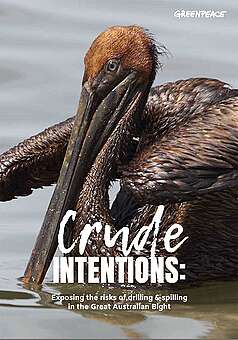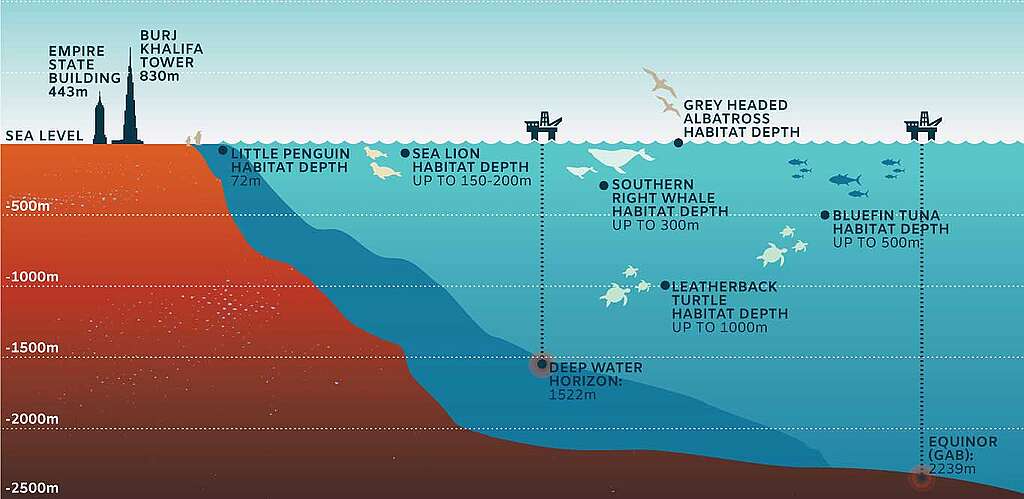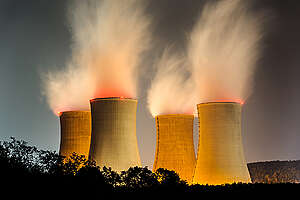Exposing the risks of drilling and spilling in the Great Australian Bight

Greenpeace Australia Pacific worked with US oil spill consultant and marine biologist, Professor Richard Steiner, the leading ecologist involved in the cleanup and monitoring of the Exxon Valdez disaster in Alaska, to produce a report on the effects of a potential oil spill in the Great Australian Bight. While BP, Chevron, and Equinor have all exited the Bight following successful campaigns, this world renowned biodiversity hot spot is still at risk from oil and gas drilling and seismic testing.
The Great Australian Bight, off the southern coast of Australia, is home to an incredible array of unique wildlife. An estimated 85% of known Great Australian Bight species are found nowhere else in the world. And it’s currently thriving: the Bight has the greatest concentrations of marine mammals, sea birds, fishes, and sharks in Australia.
However, the biodiverse Bight is at risk. Multiple oil companies are lining up to drill, with Norwegian oil giant Equinor, formerly known as Statoil, proposing to drill one deepwater oil exploration well (Stromlo-1) in the Great Australian Bight, as early as 2019.

Greenpeace worked with eminent Alaskan oil spill consultant and marine biologist, Professor Richard Steiner, to produce this report exploring the effects of an oil spill on the Great Australian Bight. Prof Steiner was involved in the response to both the Exxon Valdez and Deepwater Horizon oil disasters.
This report is the first independent expert opinion on the effects of an oil spill in the Great Australian Bight, which would be devastatingly long-lasting and widely-felt. Thousands of marine animals would be affected, and globs of weathered oil could wash up on beaches as far as northern NSW. It paints a damning picture of the risks of oil drilling in the Great Australian Bight.


